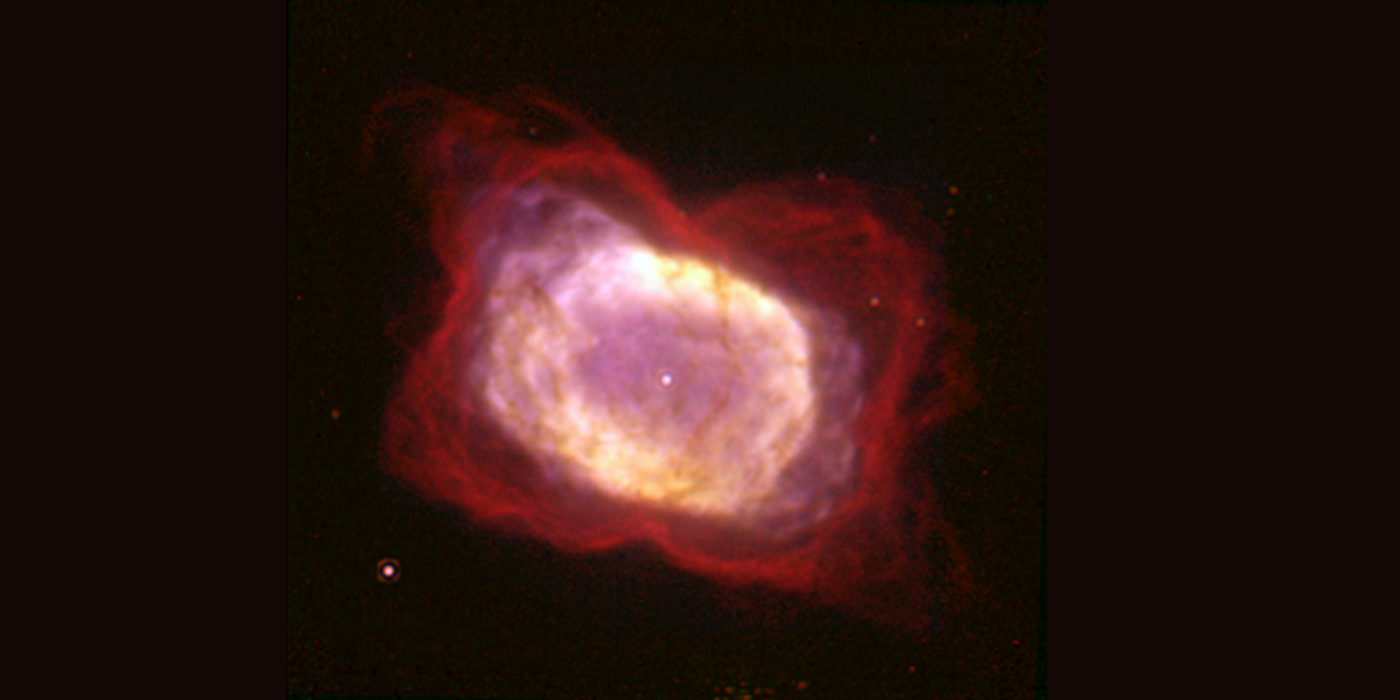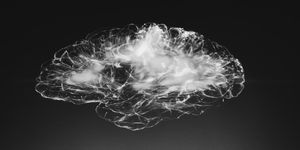The Universe's First Molecule Discovered Inside Distant Planetary Nebula
The helium hydride cation (HeH+), a molecule formed by the two elements at the top of the periodic table, was first synthesized a by-product in a laboratory back in 1925. Scientists have long suspected that this unorthodox molecule may exist in the interstellar medium since the infancy of our universe, but all previous searches have turned up nothing.
Astrophysicists working at NASA’s Stratospheric Observatory for Infrared Astronomy (SOFIA) collaboration recently reported that they finally confirmed the existence of HeH+ at NGC 702, a planetary nebula 3,000 light-years away.
A molecule is defined as two or more atoms linked together through a chemical bond (or bonds). Consisting of two of the lightest elements, one can expect that HeH+ should be among the earliest molecules. However, since helium is an inert gas, it would actually take quite a bit of energy to knock its electrons out and make it form a covalent bond with a hydrogen atom. What makes scientists think that HeH+ preceded any other molecule?
The primordial universe was super-hot, strongly radiant space, a perfect breeding ground for HeH+ a reactive compound that's stable only in isolation. Once the great cooling started, HeH+ interacted with settled hydrogen atoms and snatched their sole electrons, creating the hydrogen molecule--the fuel and major component for all stars. The early stars went on to create more materials, using new atoms and energy generated by the nuclear fusion reaction within them. Hence, HeH+ was the first step toward shaping the world as we know.
In the late 1970s, when examining NGC 7027 scientists recognized that the ultraviolet radiation and heat-filled environment inside the planetary nebula could give rise to helium hydride ion. But using the telescope and detecting mechanism at the time, they could not produce any conclusive evidence to support their hypothesis.
With SOFIA, an airborne observatory that flies up to 45,000 feet above the ground, astronomers can now make better detection of interstellar infrared signals with less interference from Earth’s atmosphere. And thanks to an updated instrument onboard known as the German Receiver at Terahertz Frequencies (GREAT), SOFIA was enabled to monitor the specific spectrum for helium hydride ion, which was missing in previous telescopes tasked with similar observations.
In a press release, Rolf Guesten, an astrophysics researcher of the Max Planck Institute for Radio Astronomy said: “The lack of evidence of the very existence of helium hydride in interstellar space was a dilemma for astronomy for decades.”
“It was so exciting to be there, seeing helium hydride for the first time in the data. This brings a long search to a happy ending and eliminates doubts about our understanding of the underlying chemistry of the early universe," he added
This latest discovery was published in the journal Nature earlier this month.
The Universe’s First Type of Molecule Is Found at Last (NASA's Ames Research Center)









